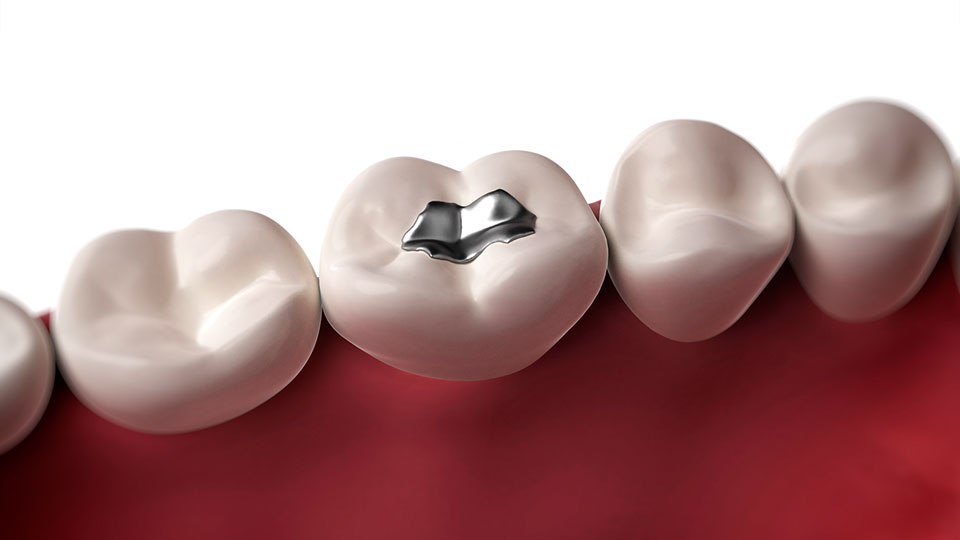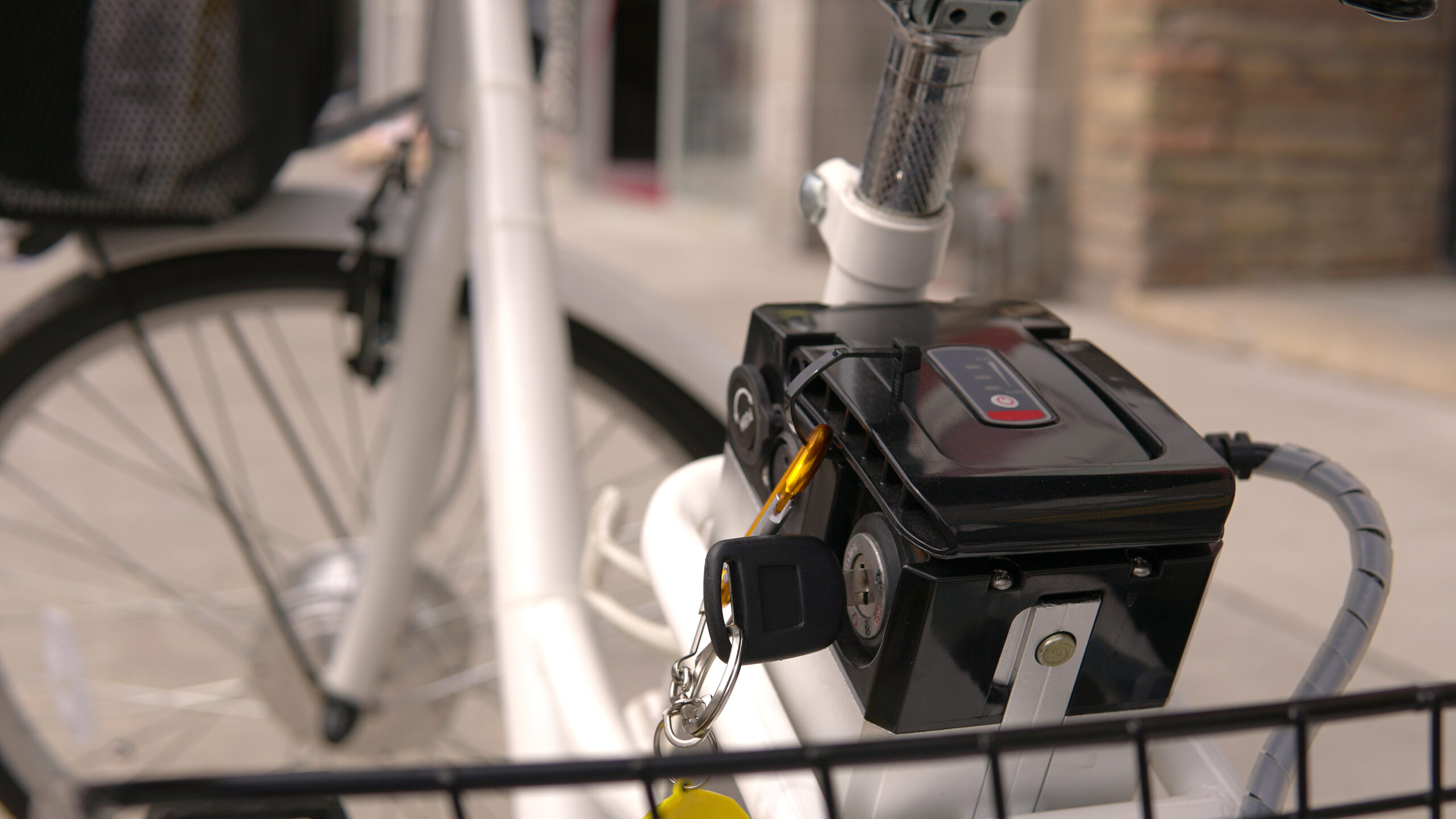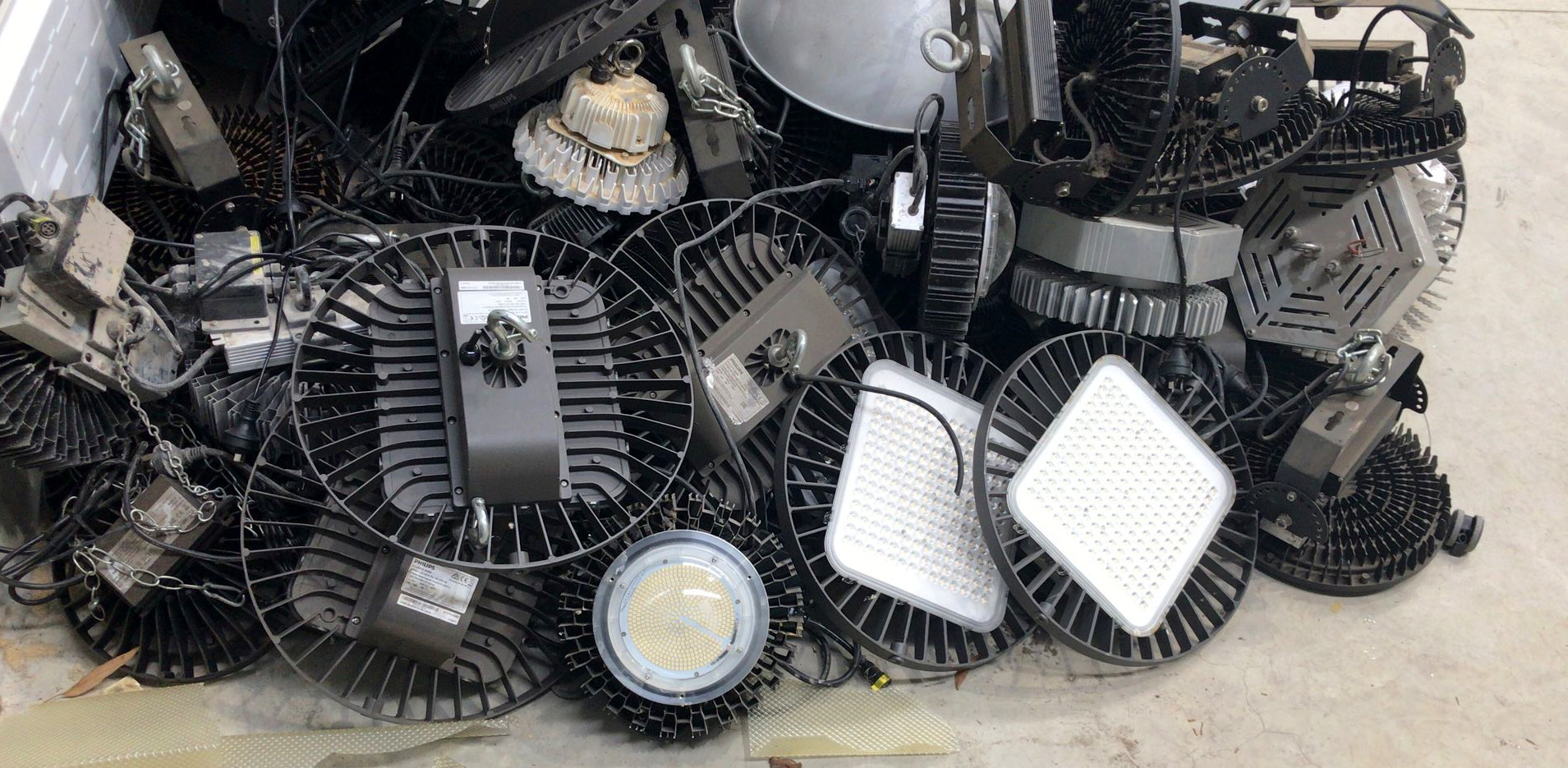With millions of mercury-containing lamps and light bulbs dumped in landfill every year, recycling old lamps and lighting waste has never been more important.
Mercury-containing lamps include small compact fluorescent lamps (CFLs) fitted in homes, fluorescent tubes often found in offices and high intensity discharge (HID) lamps used for streetlights.
Mercury-containing lamps are the single largest category of products with mercury, according to the Department of the Environment and Energy.
Recycling old lamps and lights is easy to do, yet Sustainability Victoria estimates 95% of mercury-containing lamps are currently sent to landfill in Australia.
Recycling mercury-containing lamps
Households and small businesses can recycle old lamps by dropping them off at designated collection points provided by your local council.
Your local council may have specific drop-off points for lighting, so check with council first or visit RecyclingNearYou.com.au to find your nearest collection area.
While incandescent, halogen and LED lights don’t contain mercury, they should still be recycled to recover valuable materials and reduce landfill waste.
If a mercury-containing lamp breaks, ventilate the room by turning off your heating or cooling and opening doors and windows.
Carefully sweep up the broken lamp while wearing disposable rubber gloves, wrap it in paper and discard it into your rubbish bin.
Why recycling mercury-containing lamps is important
Recycling mercury-containing lamps prevents lighting waste from being dumped in landfill, where mercury can contaminate waterways and pollute the environment.
The recycling process recovers various materials that can be repurposed in electronic devices and other items.
When lamps and light bulbs are recycled, they are crushed and the glass, aluminium and other materials are separated, purified and reused in new products.
Recycling lighting has also become mandatory in Victoria, where the dumping of e-waste and lighting in landfill has been banned.
South Australia has also tightened its e-waste rules, while other states are likely to be watching the ban closely as they struggle with their own e-waste challenges.
Lamp recycling for businesses
Recycling mercury-containing lamps isn’t just for households — larger businesses and organisations can dispose of their lighting waste through commercial-scale recycling programs.
As Australia’s largest lighting and mercury recycler, Ecocycle can tailor a program for your organisation’s specific lighting recycling needs.
Ecocycle can handle the entire process for your organisation, from supplying and picking up collection boxes to providing recycling certificates.
To find out how Ecocycle can help your company recycle mercury-containing lamps, give us a call on 1300 32 62 92 or fill in the form below.






